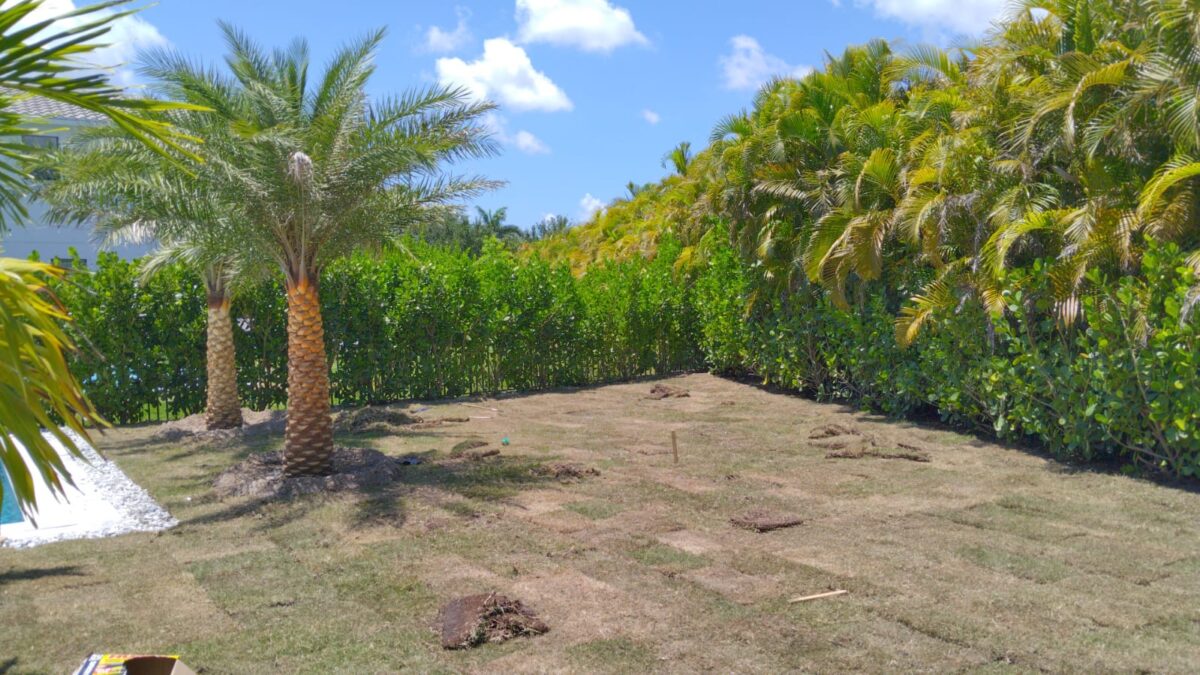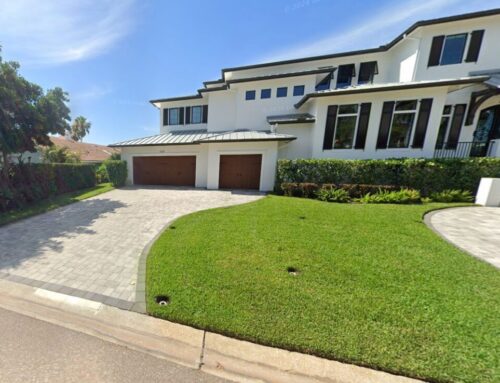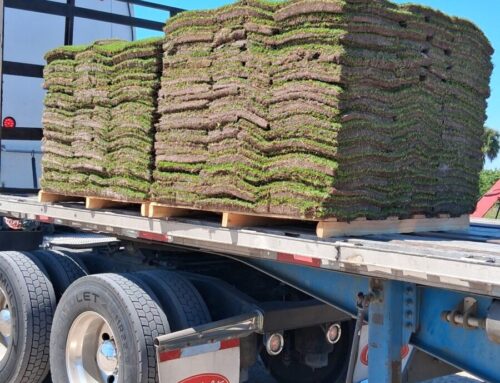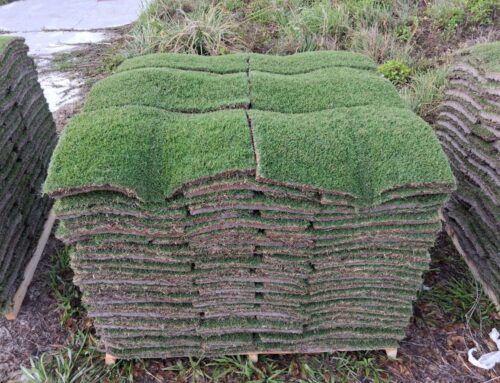Even the best-kept Florida lawns don’t last forever. With intense sun, heavy rainfall, pests, and wear from foot traffic and pets, sod can deteriorate faster than expected — especially without proper care. So, how do you know when it’s time to rip up your grass and start fresh?
Here are key signs your sod may need replacing:
Widespread Yellowing or Browning: If your lawn is no longer responding to fertilizer or watering, it may be more than seasonal stress — your sod could be past the point of recovery.
Soft, Spongy Texture: A soggy lawn that feels like a sponge could indicate poor root structure or a fungal issue that’s compromised the grass.
Thinning Grass and Bare Spots: If your lawn has more dirt patches than greenery and grass isn’t filling back in, it might be time to resod.
Recurring Pests or Disease: When chinch bugs, root rot, or fungus keep coming back — even after treatment — your existing lawn may no longer be viable.
A full sod replacement gives your lawn a clean slate and often costs less than repeatedly patching a yard that won’t recover. Sunshine Sod offers free lawn inspections and quotes to help you make the right call.







